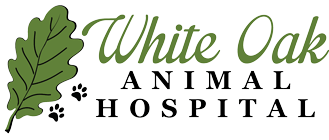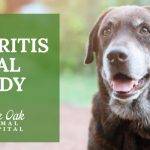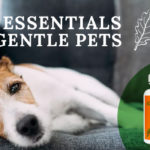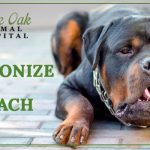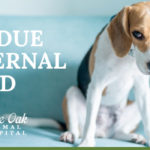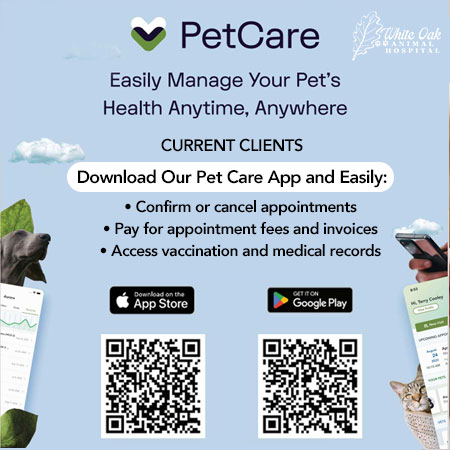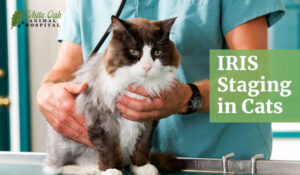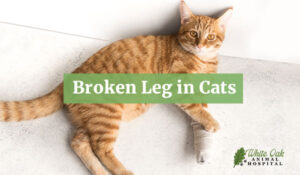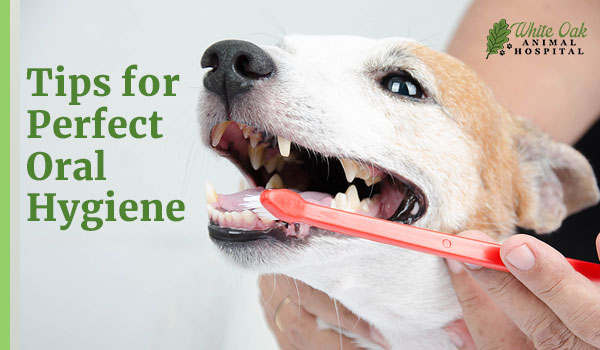
Dog dental cleaning is critical to maintaining your pet’s overall health and well-being. Regular dog dental cleaning helps prevent the buildup of plaque and tartar, which can lead to serious oral health issues such as gum disease and tooth decay. Beyond just the mouth, poor dental hygiene in dogs can result in systemic health problems, including heart, kidney, and liver diseases. The bacteria from untreated dental issues can enter the bloodstream and spread throughout the body, causing significant health complications.
In this article, we will explore the essential aspects of dog dental cleaning and provide expert tips to help you achieve the best possible oral hygiene for your dog. By understanding the importance of dog dental cleaning and implementing these strategies, you can ensure your pet enjoys a healthy mouth and a healthier life overall.
Understanding the Basics of Dog Dental Cleaning
Dog dental cleaning is a comprehensive process that involves regular at-home care and professional cleanings. The foundation of dog dental cleaning is routine brushing, the most effective way to remove plaque before it hardens into tartar. Consistent brushing helps maintain your dog’s oral health and prevents the onset of dental diseases.
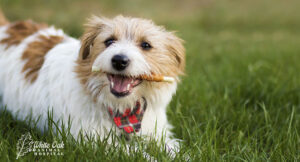 Effective dog dental cleaning requires the right tools, including a dog-specific toothbrush and toothpaste. Unlike human toothpaste, dog toothpaste is formulated to be safe if swallowed and often comes in flavors that dogs enjoy, making the process easier. Additionally, dental chews can be a valuable supplement to brushing, helping reduce plaque buildup and keeping your dog’s teeth clean between brushings.
Effective dog dental cleaning requires the right tools, including a dog-specific toothbrush and toothpaste. Unlike human toothpaste, dog toothpaste is formulated to be safe if swallowed and often comes in flavors that dogs enjoy, making the process easier. Additionally, dental chews can be a valuable supplement to brushing, helping reduce plaque buildup and keeping your dog’s teeth clean between brushings.
It is crucial to start your dog’s dental cleaning early. Puppies can be gently introduced to brushing, making it a regular part of their growing routine. Early dental care sets the stage for lifelong oral health and simplifies future cleanings.
Choosing the Right Toothbrush and Toothpaste
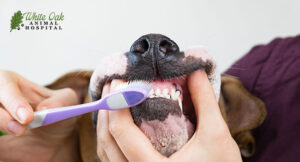 The first step in effective dog dental cleaning is selecting the right toothbrush and toothpaste. It’s essential to use a toothbrush designed specifically for dogs, as these brushes have softer bristles and are shaped to reach all areas of your dog’s mouth. For toothpaste, choose a safe product for dogs with a flavor your pet will enjoy, such as chicken or beef. This makes dog dental cleaning more pleasant for both you and your pet.
The first step in effective dog dental cleaning is selecting the right toothbrush and toothpaste. It’s essential to use a toothbrush designed specifically for dogs, as these brushes have softer bristles and are shaped to reach all areas of your dog’s mouth. For toothpaste, choose a safe product for dogs with a flavor your pet will enjoy, such as chicken or beef. This makes dog dental cleaning more pleasant for both you and your pet.
Introduce brushing gradually to ensure your dog becomes comfortable with the process. Start by letting your dog taste the toothpaste, then gently brush a few teeth at a time. Over time, your dog will become accustomed to the routine, making dog dental cleaning a stress-free experience. For dogs resistant to brushing, consider using finger brushes or dental wipes as alternatives.
Establishing a Consistent Brushing Routine
Consistency is key when it comes to dog dental cleaning. Brushing your dog’s teeth at least two to three times weekly is recommended for optimal oral health. However, daily brushing is ideal for preventing plaque buildup. Establishing a consistent routine will help your dog become familiar with the process, reducing anxiety and resistance during dog dental cleaning.
After each session, reward your dog with praise or a treat to create a positive brushing experience. This reinforces the habit and makes dog dental cleaning something your dog looks forward to. Address common challenges, such as resistance or anxiety, by taking things slowly and using gentle, reassuring gestures.
Incorporating Dental Chews and Toys
Dental chews and toys are excellent tools for supporting dog dental cleaning efforts at home. These products reduce plaque and tartar buildup and complement regular brushing. When choosing dental chews, opt for products approved by the Veterinary Oral Health Council (VOHC), as these have been proven effective in promoting oral health during dog dental cleaning.
Incorporate dental toys that encourage chewing, naturally cleaning your dog’s teeth. Look for durable toys that can withstand your dog’s chewing habits. These tools help with dog dental cleaning and keep your pet entertained and mentally stimulated.
Professional Dog Dental Cleaning: What to Expect
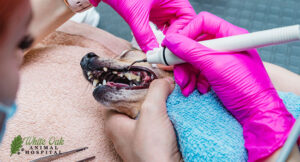 Professional dog dental cleaning is essential to maintaining your dog’s oral health. While at-home care is crucial, professional cleanings allow us to thoroughly clean your dog’s teeth and assess its overall oral health. During a professional dog dental cleaning, we will perform scaling to remove tartar from the teeth and below the gum line, followed by polishing to smooth the surface of the teeth and prevent future plaque buildup.
Professional dog dental cleaning is essential to maintaining your dog’s oral health. While at-home care is crucial, professional cleanings allow us to thoroughly clean your dog’s teeth and assess its overall oral health. During a professional dog dental cleaning, we will perform scaling to remove tartar from the teeth and below the gum line, followed by polishing to smooth the surface of the teeth and prevent future plaque buildup.
Regular veterinary check-ups and professional cleanings are vital, as they can detect early signs of dental disease that may not be visible during at-home dog dental cleaning. We use Anesthesia during professional cleanings to ensure your dog remains still and comfortable, allowing the veterinarian to thoroughly clean all areas of the mouth. While anesthesia carries some risks, it is generally safe, especially when administered by a skilled veterinary team.
Preventing Dental Disease: Long-Term Strategies
Preventing dental disease goes beyond regular dog dental cleaning; it requires a comprehensive approach that includes proper diet and regular veterinary care. Feeding your dog a balanced diet that supports oral health is critical. Dry kibble can help reduce plaque buildup, while specific diets are formulated specifically for dental health, promoting cleaner teeth during dog dental cleaning.
Regular veterinary check-ups play a key role in preventing dental disease. During these visits, we will monitor your dog’s oral health, catch potential issues early, and guide effective dog dental cleaning practices. In addition to brushing, consider using water additives, dental wipes, and oral rinses to support your dog’s dental health further. These products can help maintain a clean mouth and fresh breath between professional cleanings.
Dog Dental Cleaning: Signs Your Pet Needs Immediate Attention
While regular dog dental cleaning can prevent many issues, it’s crucial to recognize the signs that your pet may need immediate veterinary attention. Bad breath, bleeding gums, and difficulty eating are common dental disease indicators requiring prompt action. If you notice these symptoms, it may be a sign that dog dental cleaning alone is insufficient, and your dog may need professional intervention.
 A quick oral health check at home can help you detect early signs of trouble. Lift your dog’s lips and examine their teeth and gums. Look for redness, swelling, or loose teeth, which could indicate the need for immediate veterinary care. Ignoring these signs can lead to more severe health issues, including infections that can spread to other body parts.
A quick oral health check at home can help you detect early signs of trouble. Lift your dog’s lips and examine their teeth and gums. Look for redness, swelling, or loose teeth, which could indicate the need for immediate veterinary care. Ignoring these signs can lead to more severe health issues, including infections that can spread to other body parts.
Prioritizing dog dental cleaning ensures your pet’s overall health and well-being. Regular at-home care and professional cleanings can prevent dental diseases and their complications. By implementing the expert tips in this article, you can achieve the best possible oral hygiene for your dog, leading to a happier and healthier life.
At White Oak Animal Hospital, we offer unique integrative options for those seeking comprehensive care. These include Traditional Chinese Veterinary Medicine (TCVM), herbal medicine, and alternative medicine to complement standard veterinary medicine and dog dental cleaning. With over 28 years of experience, we are dedicated to providing the highest quality care, ensuring that your dog’s dental health is in expert hands. We encourage you to explore the specialized services available at White Oak Animal Hospital to keep your pet’s smile bright and healthy.
Frequently Asked Questions
How often should I have my dog’s teeth professionally cleaned?
The frequency of professional dog dental cleaning depends on factors such as your dog’s age, breed, and overall health. Generally, most dogs benefit from professional cleanings once a year. However, dogs prone to dental issues or those with existing conditions may require more frequent cleanings. Consult your veterinarian to determine the best schedule for your dog’s needs.
Can dental chews replace brushing for my dog’s oral hygiene?
Dental chews are valuable to your dog’s oral care routine but should not replace regular brushing. While dental chews help reduce plaque and tartar buildup, they do not clean all surfaces of the teeth as effectively as brushing. Use dental chews in conjunction with regular dog dental cleaning for optimal results.
What should I do if my dog refuses to let me brush its teeth?
If your dog resists brushing, start by introducing the process slowly and making it a positive experience. Use a toothbrush and toothpaste specifically designed for dogs, and reward your pet with praise or a treat after each session. If brushing remains challenging, consider using alternatives like dental wipes, finger brushes, or water additives to help maintain your dog’s oral hygiene.
Are specific dog breeds more prone to dental problems?
Yes, certain dog breeds, especially smaller breeds like Chihuahuas, Yorkies, and Dachshunds, are more prone to dental problems due to the size and shape of their mouths. These breeds may require more frequent dog dental cleanings and regular veterinary check-ups to maintain optimal oral health. Your veterinarian can provide specific guidance tailored to your dog’s breed.
Related Posts
-
Dog Arthritis Herbal Remedy Options For Holistic Pet Parents
Are you seeking a dog arthritis herbal remedy? Treating arthritis in dogs with natural options…
-
All Natural Herbs For When Your Dog is Lethargic
Firstly, if your dog is lethargic suddenly, consult your veterinarian right away. Lethargy may be…
-
Best Herbal Remedies For Pet Vomiting
Pet vomiting can be scary when it lasts longer than a few days. Chronic pet…
-
Learn How to Alleviate Dog Tremors Naturally
Dog tremors are sometimes mistaken for dog seizures. Consult your veterinarian to confirm whether your…
